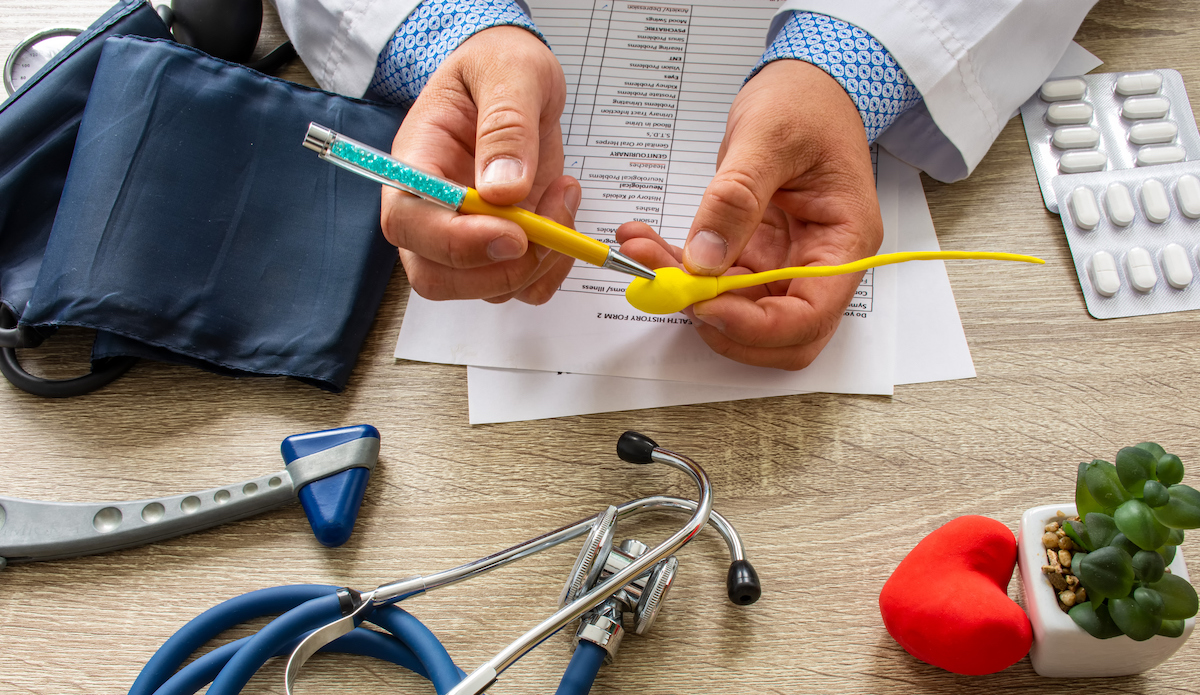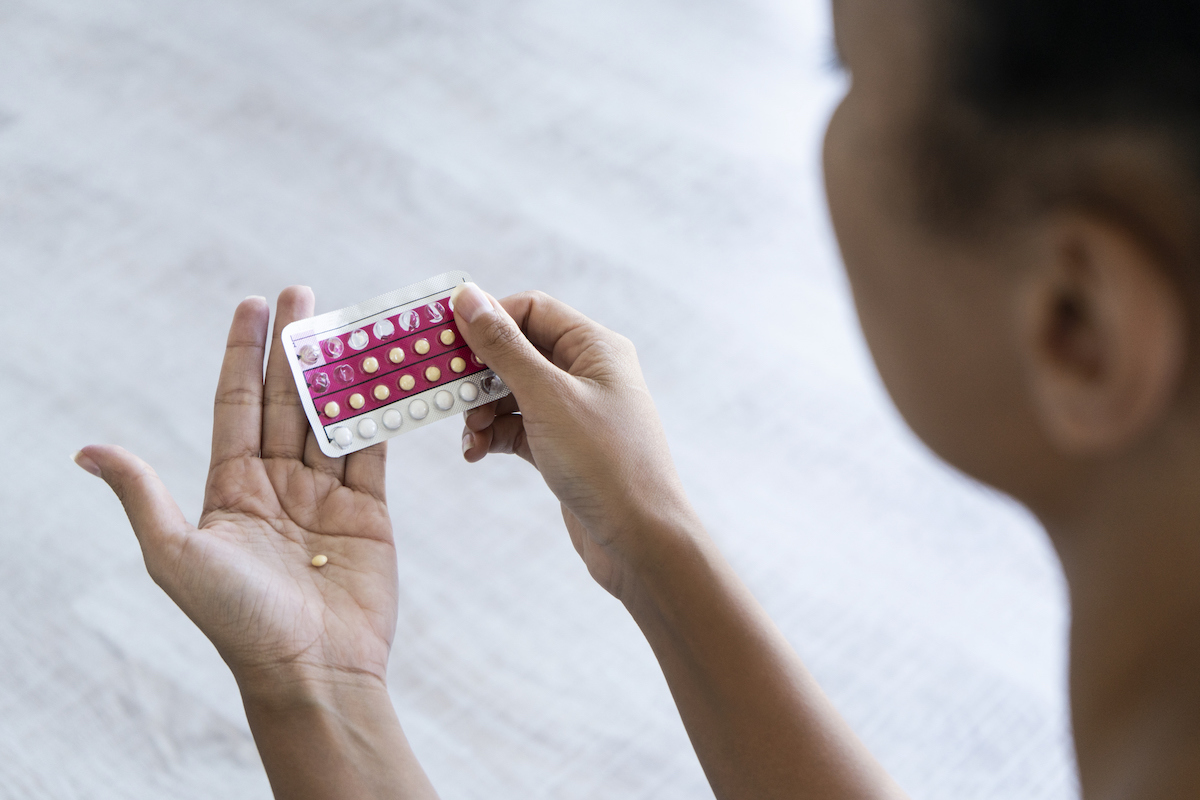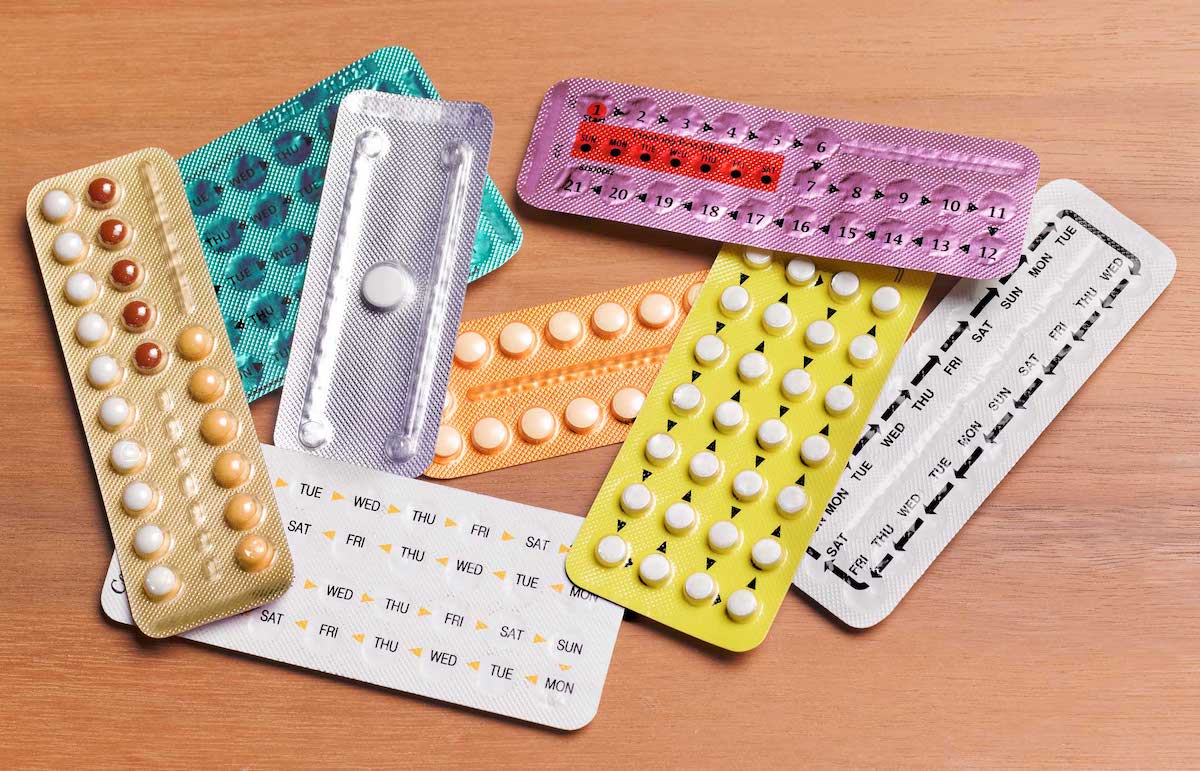I gave birth to my fourth child when I was 38 years old. My husband and I knew our family was complete. With the average age of menopause being at about 51½ years old, I, like many of you, was looking at another 13 years of using contraception.
I had a lot of questions.
How did knowing that we were definitely done trying to conceive change our contraceptive options? I had been managing our collective contraceptive needs for the previous 15 years. Was a reversible form of contraception still the right choice for us now?
When it comes to contraception, I like to consider all the options. I also like to consider what additional benefits different methods of contraception have to offer. Do you have another health challenge that a particular contraceptive method could help solve? How can you make your contraceptive method work harder for you?
Today we are going to talk about all the contraceptive methods available when you are done having kids. There are many choices, so let’s dive in.
Permanent contraception
These are the options that are new to you now that you no longer desire pregnancy. Some are more permanent than others, but they are generally not easily reversible. Choosing one of these methods means you are quite certain you are done having kids.
Tubal ligation
What is it? Tubal ligation is a surgical procedure that cuts the fallopian tubes and seals off the ends so there is no longer a path from the ovary to the inside of the uterus.
Efficacy: Greater than 99% effective
Reversible: Tubal ligation reversal surgery can sometimes be performed. A woman could also become pregnant via IVF after a tubal ligation.
Other considerations: It is immediately effective. It can often be performed during a C-section. Otherwise, it is a separate surgical procedure.
Bilateral salpingectomy
What is it? Salpingectomy is a surgical procedure to not just cut but completely remove the fallopian tubes.
Efficacy: Greater than 99% effective
Reversible: No. Once the fallopian tubes are removed, you cannot replace them, but a woman could become pregnant via IVF.
Other considerations: Salpingectomy reduces the risk of ovarian cancer by as much as 80% for women with average risk. It can often be performed during a C-section. Otherwise, it is a separate surgical procedure. Some studies suggest menopause may be slightly earlier, but randomized controlled trials studying this are ongoing.
Vasectomy
What is it? A vasectomy is a surgical procedure that cuts and seals the tubes that carry sperm from the testes to the semen, so that the semen does not contain any sperm.
Efficacy: Greater than 99% effective. (Make sure to have the post-procedure semen analysis to ensure efficacy!)
Reversible: Vasectomy can be reversed, but success is variable. Some men will choose to bank sperm prior to vasectomy, so they could possibly impregnate a woman via intrauterine insemination or IVF.
Other considerations: Vasectomy is the only option for men other than condoms and has no impact on either partner’s reproductive health. It is a minor procedure that is typically performed in the doctor’s office under local anesthesia.
Partial or total hysterectomy
What is it? Hysterectomy is a procedure to remove the uterus. A partial hysterectomy leaves the cervix in place. A total hysterectomy removes the cervix as well as the uterus.
Efficacy: Greater than 99% effective
Reversible: No
Other considerations: Usually a hysterectomy is not offered as contraception alone. But if you have fibroids or other uterine changes that cause heavy bleeding or pain, a hysterectomy will both fix those issues and provide contraception. If the ovaries are left in place, your hormones will still cycle, but some studies show menopause will occur slightly earlier in women after hysterectomy.
Oophorectomy
What is it? A surgical procedure to remove the ovaries. It is often combined with salpingectomy.
Efficacy: Greater than 99% effective
Reversible: No
Other considerations: Oophorectomy is typically only offered to women who are at very high risk for ovarian or breast cancer or women with other ovarian pathology. The procedure causes immediate menopause, which can trigger severe symptoms. For some women, hormone replacement therapy is appropriate, but for some it is not.
All the other contraceptive options we will discuss today are reversible, and you may have used them before, but we will discuss attributes of some methods pertinent to those of us in our 40s.
Long-acting reversible contraception (LARC)
Progestin-eluting IUD
What is it? A progestin-eluting IUD is a small T-shaped device inserted into the uterus that releases low doses of progestin to prevent buildup of the uterine lining that can foster a pregnancy. It provides contraception for three to seven years depending on the brand, such as Mirena or Kyleena.
Efficacy: Greater than 99% effective
Other considerations: Many women will not have period bleeding when they have an IUD in place. As a result, it can be an effective treatment for heavy uterine bleeding, which is more common among women in their 40s and 50s. The very low dose of progestin is often safe for women who cannot take birth control pills due to a history of cancer or blood clots. Because your hormone levels still rise and fall, progestin-eluting IUDs will not impact symptoms like hot flushes and night sweats.
Copper IUD
What is it? A copper IUD is a small T-shaped device inserted into the uterus. The copper acts as an effective spermicide. Copper IUDs provide contraception for up to 10 years.
Efficacy: Greater than 99% effective
Other considerations: Copper IUDs are hormone-free, so they are safe for women who can’t take hormones due to cancer history or risk. They can cause heavier, more painful periods for some women.
Nexplanon
What is it? Nexplanon is a progestin-eluting implant that is placed in the arm by a doctor. It provides contraception for up to three years. It must be removed in the doctor’s office at the end of its life span.
Efficacy: Greater than 99% effective
Other considerations: Nexplanon causes irregular periods, but most women continue to have some vaginal bleeding. About 14% of women will gain weight with Nexplanon. A similar number of women will develop acne. Because the progestin in Nexplanon circulates throughout the body, it is not safe for some women who have a history of blood clots or certain types of breast cancer.
Immediately reversible contraception
There are two categories of immediately reversible contraception: hormonal and barrier methods. You are probably familiar with these contraceptive methods, and maybe you have used them in the past. Today we are going to focus on how these methods may fit your needs once you’re done having kids. The real difference between these methods and LARC is that these require you to implement them on a regular basis in order to be effective.
Hormonal contraception
What is it? Hormonal contraception is essentially taking estrogen and/or progestins by mouth (birth control pills), through your skin (patches), or through the lining of the vagina (the ring) to prevent ovulation and make the lining of the uterus thin to prevent pregnancy.
Efficacy: If used perfectly, they are more than 99% effective. Studies of typical use show efficacy of about 91%.
Other considerations: We used to think you had to stop birth control pills and patches after age 35 due to an increased risk of blood clots, but this was based on old data with the original higher-dose pills. Most women can safely use modern pills and patches until menopause. It is possible to skip periods altogether, which can be helpful for women with heavy bleeding or severe PMS. Pills and patches provide a stable dose of estrogen and progestin, which can treat the symptoms of perimenopause, like hot flushes, night sweats, irritability, hormonal acne, and hair loss.
Barrier contraceptives
What is it? Condoms, diaphragms, cervical caps, and sponges all fall into this category. All should be used with spermicides to improve efficacy.
Efficacy: Reliability is the main issue here. With perfect use, barrier methods are 93% to 97% effective. With typical use, this falls to 70% to 80%. If pregnancy would be catastrophic, this may not be the method for you.
Other considerations: If you are not in a monogamous relationship, condoms are the only contraceptive method that also prevents sexually transmitted infections. Diaphragms and cervical caps need to be refitted after every pregnancy or with a weight change of more than 10 pounds.
A final word
This is a broad overview of all the contraceptives available. It is always helpful to have a conversation with your primary care provider or gynecologist about your specific contraceptive needs and your particular risk factors. And a final friendly reminder: If you do not want to become pregnant, it is important to use some method of contraception until menopause to avoid unintended pregnancy.
Here’s a printable version of the options above, if you’re interested in sharing it in your office or organization.
















Log in